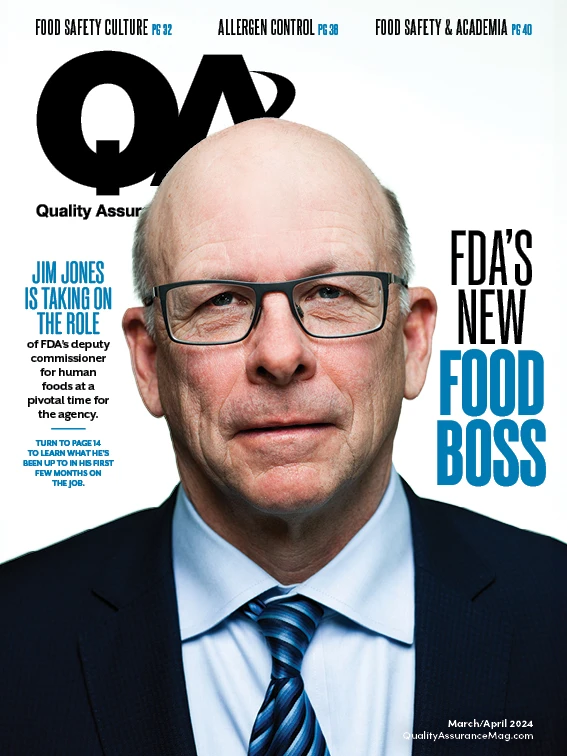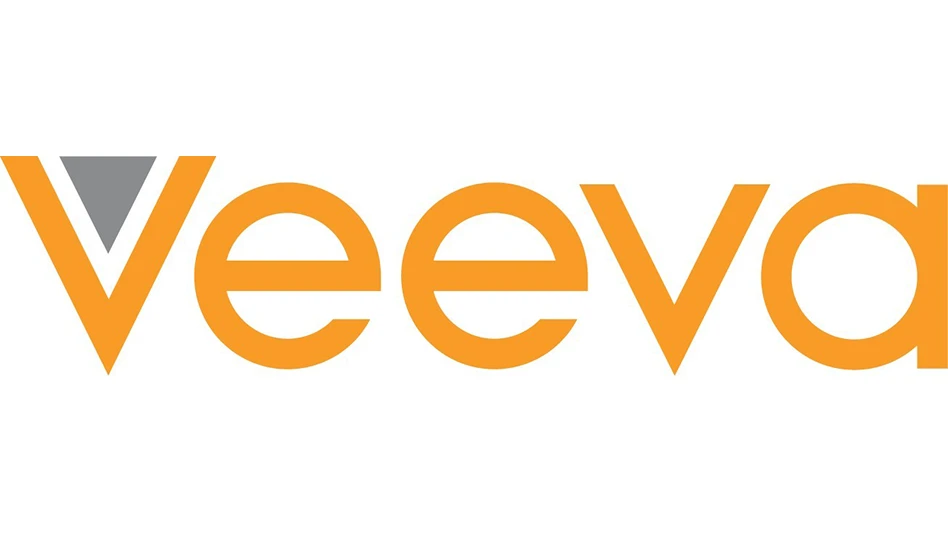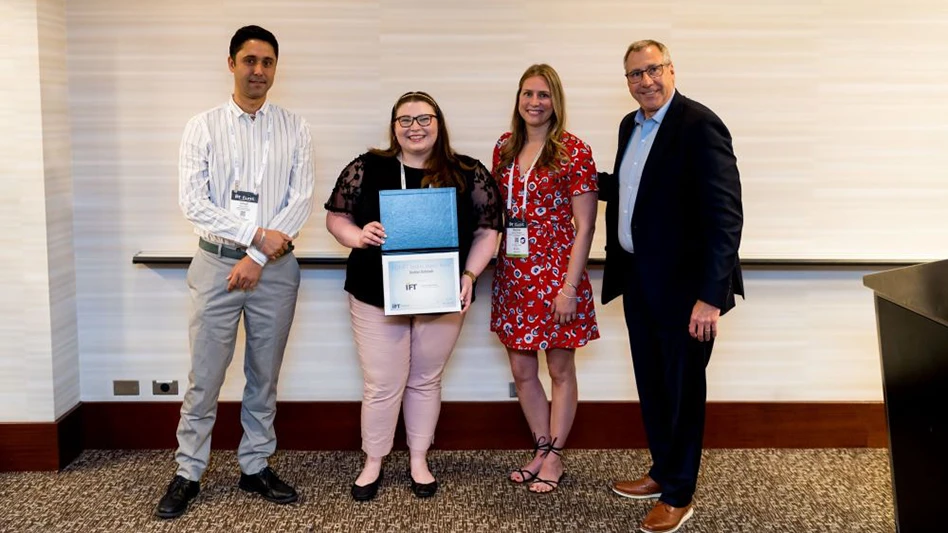
Unanswered questions often left behind in the wake of an outbreak investigation are frustrating for everyone — for public health and regulatory officials, for consumers and for industry. Equally frustrating is the fact that when answers are found, information is not shared in a transparent way so industry has a clear understanding of what happened and what they can do to improve their prevention programs and best practices.
Especially when it comes to novel food vehicles or those foods not previously associated with foodborne outbreaks, it seems to take at least three major events before the industry and regulatory start taking meaningful action. The absence of true collaboration and the open sharing of information between all parties is likely a big part of the reason why.
There is no good reason why this cycle of three events must happen before transformative change can begin. In some cases, a lack of detailed information on what happened causes denial. When an outbreak is linked to a novel food, people will, when faced with an absence of detailed information, create their own narratives that it was just one bad actor, or it was a “one-off” situation that does not represent industry standard practice. When the second event happens, there is still denial. Again, in the absence of transparent details on causes and contributing factors found in an investigation, people tend to think, “There must be a second bad actor, but it won’t happen to my company.” However, when the third event happens, this is typically the point at which the denial stops and realization sets in that maybe there really is a problem.
Investigating foodborne illness outbreaks is complicated and time consuming, and developing prevention strategies is even more complex. On a macro level, it sounds easy — keep cattle away from produce fields or keep Listeria out of ready-to-eat foods. However, when you drill down beyond the “what” and into the “how,” you find a matrix of complex processes, variables and mechanisms that are all a part of the interplay of creating risk. Prevention is anything but simple, especially when you do not have the full picture.
Think of a jigsaw puzzle. Imagine putting together a complicated 2,000-piece jigsaw puzzle without knowing what the puzzle looks like. Now imagine that you only have 500 pieces of that puzzle, because there are three other people also working to assemble the same puzzle. If each of the four works with just the pieces in front of them without having a picture of what they are assembling, completing the puzzle will be an incredibly difficult and tedious task. You may be able to make small progress and assemble some of the pieces that have an edge or even the same color or texture. You may even be able to link together small groups of two, three or four pieces, but you likely will not have the right pieces in your pile to connect those groups to each other. Another person may be able to make similar progress, but most likely everyone will have pieces that won’t fit with pieces they are able to put together.
When it comes to novel food vehicles or those foods not previously associated with foodborne outbreaks, it seems to take at least three major events before the industry and regulatory start taking meaningful action.
However, if each person works collaboratively to share their pieces, you may discover that a piece you had, which was seemingly not part of the picture you thought you were creating, is exactly the missing link that someone else needed. And by filling in this missing link, you can help someone else start to see how what they have fits into the context of the larger puzzle picture. Only by everyone continuing to collaborate and work together to connect the parts will you ever be able to complete the puzzle.
Imagine the impact on public health if there was more transparency between regulatory, public health officials and industry. Imagine the impact on public health if we could break the cycle of three. What is holding us back?
If we want to continue to drive advancements in food safety, everyone, regardless of company, agency or role, must start working together with a focus on the ultimate objective, which is protection of public health. We can no longer afford to hide behind the fear and denial, thinking, “This is not my problem.” We can no longer afford to hide behind the excuse that we are not allowed to share because of perceived guardrails or barriers. We must embrace transparency, so everyone has all the pieces of the puzzle needed to make decisions informed by science, not assumptions.
Collaboration and transparency are not buzzwords. They require the participation of all parties, and they only work when it is a two-way street. When it comes to food safety, every group has a different piece of the puzzle. Imagine the impact we will make when we start sharing all our puzzle pieces and have the information needed to break the cycle of three.

Explore the March/April 2024 Issue
Check out more from this issue and find your next story to read.
Latest from Quality Assurance & Food Safety
- Multistate E. coli Outbreak Linked to Iceberg and Romaine Lettuce Blend
- FDA, USDA Seek Information About Food Date Labeling
- William Marler, Food Safety Advocate and Lawyer, Condemns Lack of Safety of U.S. Food Supply
- AFDO Infographics Illustrate State-Level Impact of FDA’s Proposed Budget Cuts
- Multistate Outbreak of Salmonella Typhimurium Linked to Cucumbers
- USDA Begins National Milk Testing Strategy to Address H5N1 in Dairy Herds
- USDA Announces Grain Inspection Advisory Committee Appointments
- Eagle Product Inspection Highlights FA3/M Fat Analysis Machine for Meat Inspection





